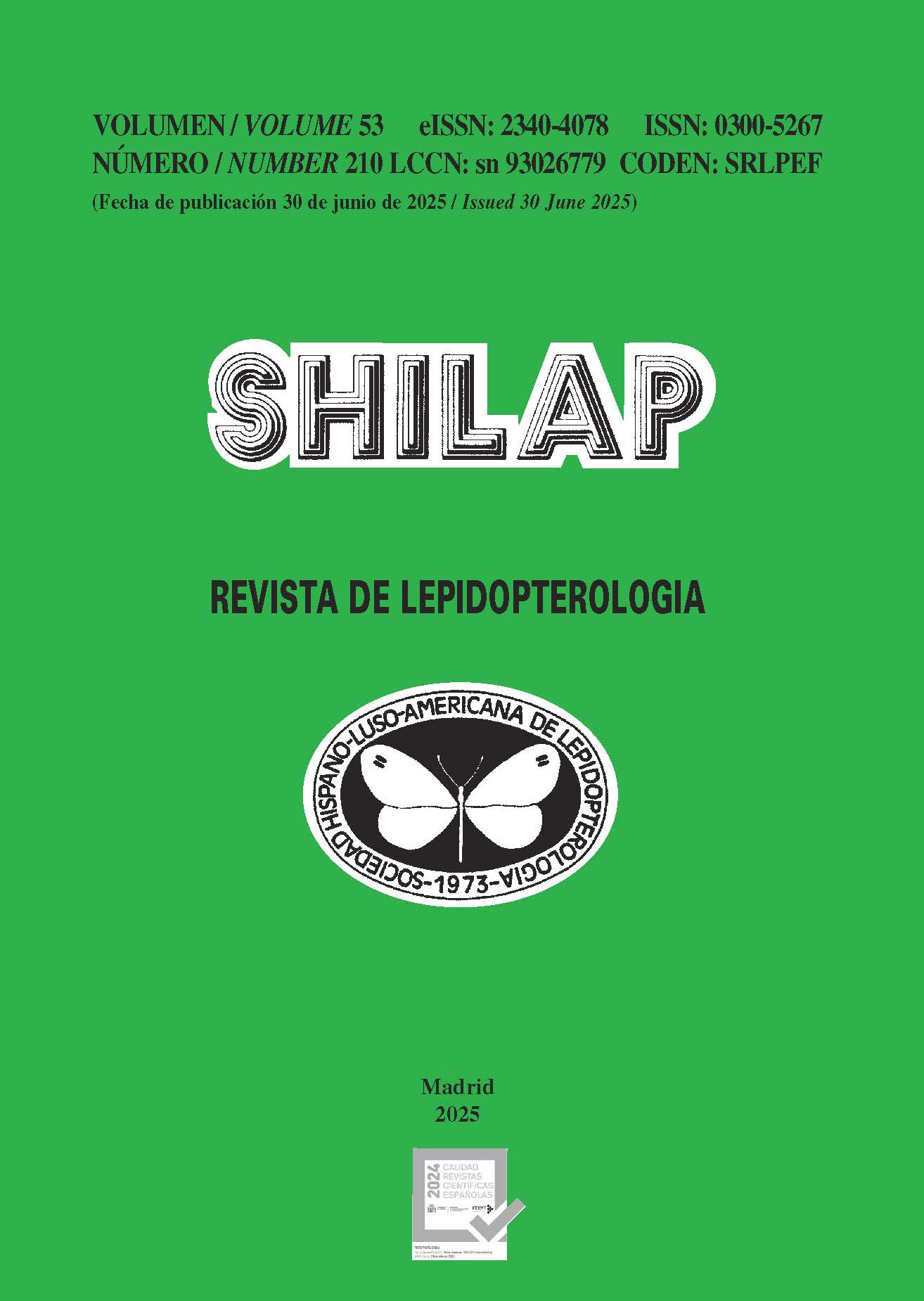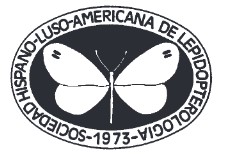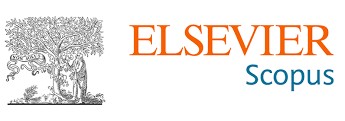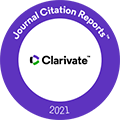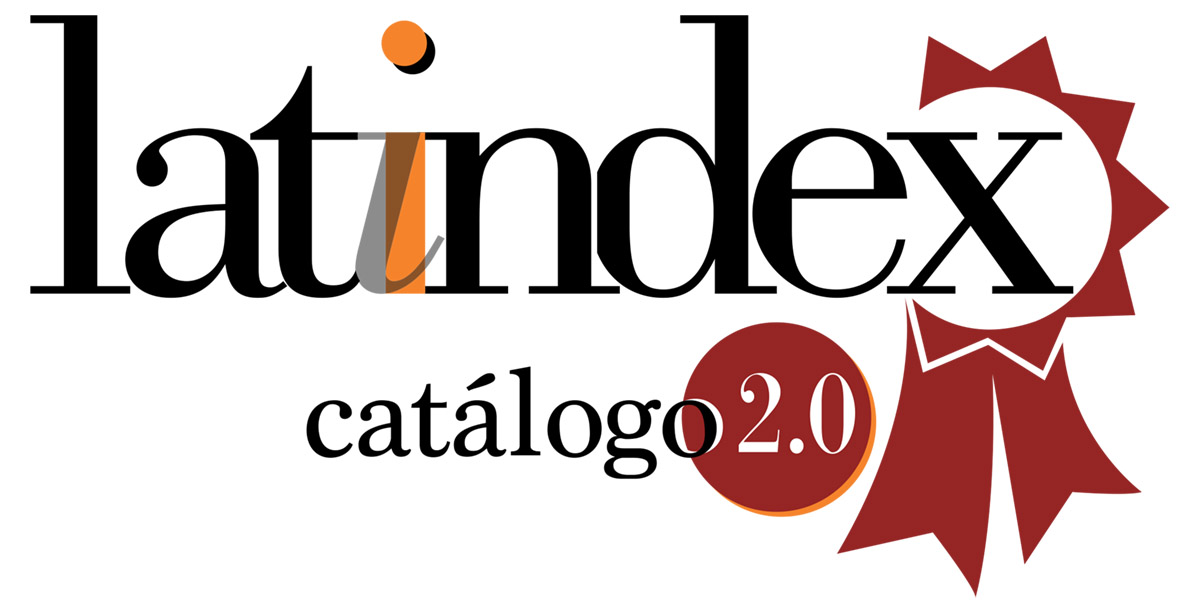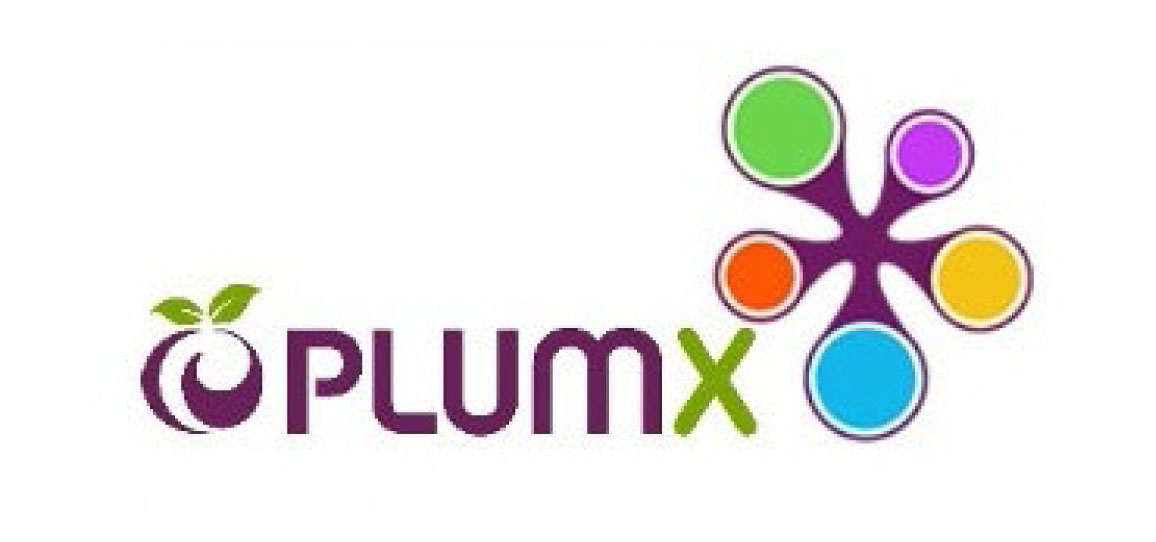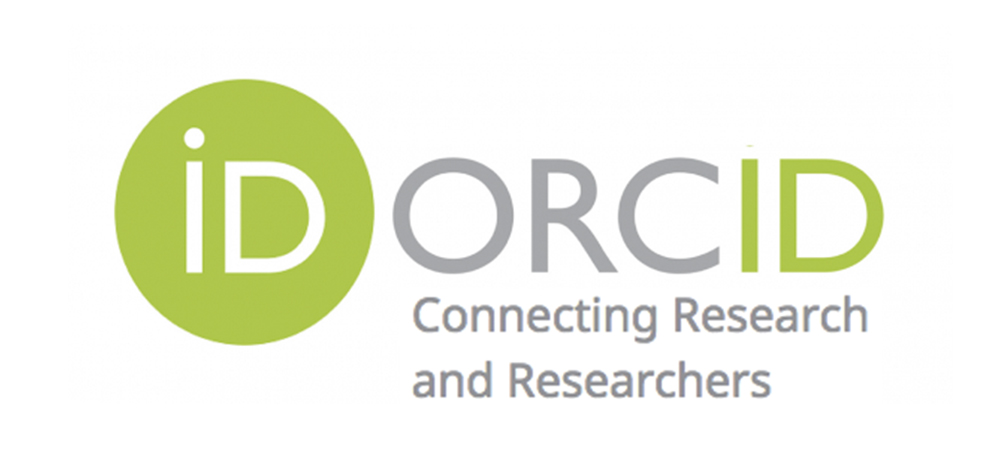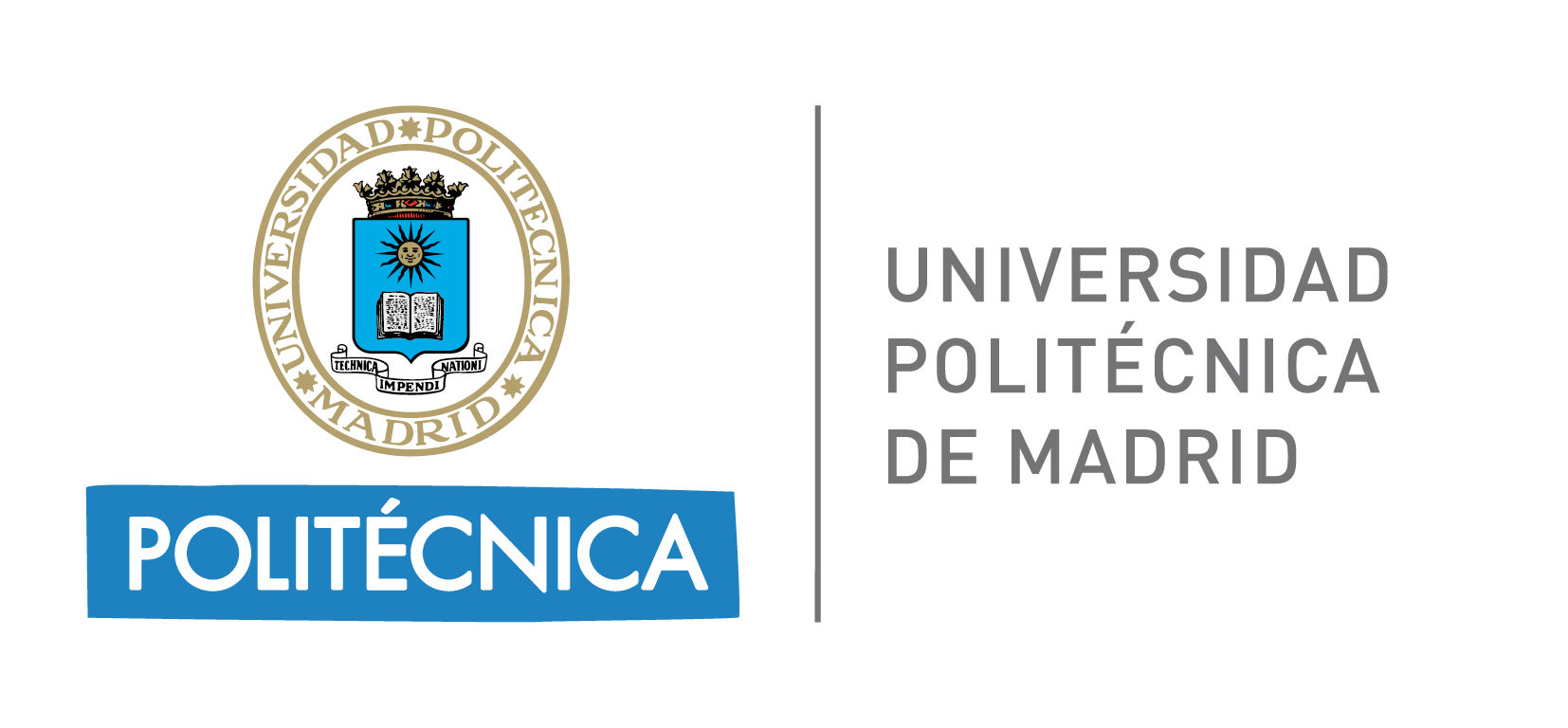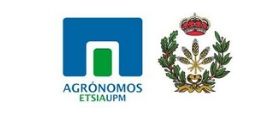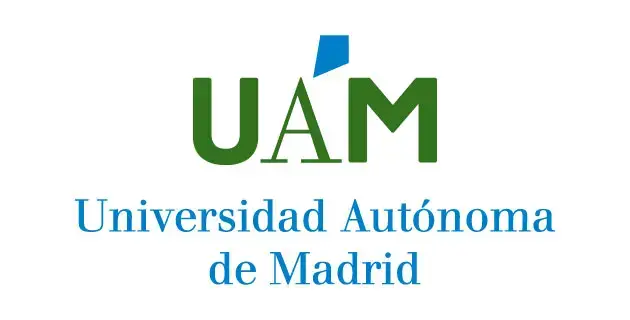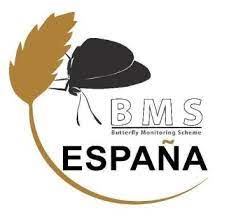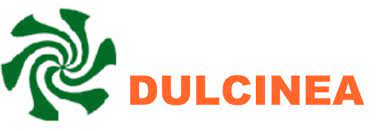Description of a new species of genus Coleophora Hübner,1822 in the Iberian Peninsula and southern France, Coleophora davidiella Gastón, Vives & Ortiz, sp. nov. (Lepidoptera: Coleophoridae)
DOI:
https://doi.org/10.57065/shilap.1058Keywords:
Lepidoptera, Coleophoridae,, taxonomy, new species, DNA barcode, Spain, FranceAbstract
Coleophora davidiella Gastón, Vives & Ortiz, sp. nov. from the Iberian Peninsula and southern France described. Differential characters are presented with their closest species C. valesianella Zeller, 1849 and C. berlandella Toll, 1956; the differences refer to the external appearance, internal genitalia and 5’ fragments of the barcode of the mitochondrial COI gene with a single BIN.
Downloads
Global Statistics ℹ️
|
946
Views
|
60
Downloads
|
|
1006
Total
|
|
References
Baldizzone, G. (1987). Contributions à la connaissance des Coleophoridae. XLVI. Sur quelques Coleophores nouvelles ou peu connues d’Espagne et des Canaries. Nota lepidopterologica, 10(1), 25-48.
Baldizzone, G. (2019). Lepidoptera Coleophoridae. Fauna d’Italia (Vol. LIII). Calderini.
Baldizzone, G. (2024). New or little-known species and new records of Coleophoridae from Armenia (Lepidoptera). Revue suisse de Zoologie, 131(2), 401-450. DOI: https://doi.org/10.35929/RSZ.0131
Coleophoridae (2018). Coleophoridae collected from around the world. http://www.coleophoridae.bluefile.cz
Dewaard, J. R., Ivanova, N. V., Hajibabaei, M., & Hebert, P. D. N. (2008). Assembling DNA Barcodes: Analytical Protocols (pp. 275-293). In C. C. Martin (ed.). Methods in Molecular Biology: Environmental Genomics. Humana Press Inc. https://doi.org/10.1007/978-1-59745-548-0_15 DOI: https://doi.org/10.1007/978-1-59745-548-0_15
Lepiforum e.V. (2025). Bestimmung von Schmetterlingen und ihren Präimaginalstadien. https://lepiforum.org
Ratnasingham, S., & Hebert, P. D. N. (2007). BOLD: The Barcode of Life Data System (http://www. barcodinglife.org). Molecular Ecology Notes, 7, 355-364. https://doi.org/10.1111/j.1471-8286.2007.01678.x PMid:18784790 PMCid:PMC1890991 DOI: https://doi.org/10.1111/j.1471-8286.2007.01678.x
Ratnasingham, S., & Hebert, P. D. N. (2013). A DNA-based registry for all animal species: The Barcode Index Number (BIN) system. PLoS ONE, 8(7), e66213. https://doi.org/10.1371/journal.pone.0066213. PMid:23861743 PMCid:PMC3704603 DOI: https://doi.org/10.1371/journal.pone.0066213
Requena, E., & Pérez De-Gregorio, J. J. (2021). Contribución al coneixement de la familia Coleophoridae Hübner, [1825] a Catalunya (Lepidoptera: Coleophoridae). Treballs de la Societat Catalana de Lepidopterologia, 17, 61-95.
Revilla, Tx. (2024). Introdución a los microlepidópteros de la España penínsular e Islas Baleares. Lozano impresores.
Richter, I. (2018). Coleophoridae collected from around the world. http://www.coleophoridae.bluefile.cz
Robinson, G. S. (1976). The preparation of slides of Lepidoptera genitalia with special reference to the Microlepidoptera. Entomologist’s Gazette, 27, 127-132.
Tamura, K., Stecher, G., Peterson, D., Filipski, A., & Kumar, S. (2013). MEGA6: Molecular Evolutionary Genetics Analysis version 6.0. Molecular Biology and Evolution, 30, 2725-2729. https://doi.org/10.1093/molbev/mst197 PMid:24132122 PMCid:PMC3840312 DOI: https://doi.org/10.1093/molbev/mst197
Toll, S. (1956). Étude de quelques Coleophoridae d’Afrique du Nord et leurs genitalia (Lep.). L’Entomologiste, 13, 97-109. https://doi.org/10.4267/2042/68301 DOI: https://doi.org/10.4267/2042/68301
Vives Moreno, A. (1987). La Familia Coleophoridae Hübner, [1825] en la Península Ibérica (Insecta: Lepidoptera). (Tesis Doctoral 75-87). Universidad Complutense de Madrid.
Vives Moreno, A. (2014). Catálogo sistemático y sinonímico de los Lepidoptera de la Península Ibérica, de Ceuta, de Melilla y de las islas Azores, Baleares, Canarias, Madeira y Salvajes (Insecta: Lepidoptera). Improitalia.
Zeller, P. C. (1849). Beitrag zur Kenntniss der Coleophoren. Linnaea Entomologica, 4, 191-416.
Downloads
Published
How to Cite
Issue
Section
License
Copyright (c) 2025 Javier Gastón, Antonio Vives Moreno, Antonio Ortiz

This work is licensed under a Creative Commons Attribution 4.0 International License.
The author SS retains his trademark and patent rights to any process or procedure within the article.
The author retains the right to share, distribute, perform and publicly communicate the article published in SHILAP Revista de lepidopterología, with initial acknowledgement of its publication in SHILAP Revista de lepidopterología.
The author retains the right to make a subsequent publication of his work, from using the article to publishing it in a book, provided that he indicates its initial publication in SHILAP Revista de lepidopterología.
Each submission to SHILAP Revista de lepidopterología must be accompanied by an acceptance of copyright and acknowledgement of authorship. By accepting them, authors retain copyright of their work and agree that the article, if accepted for publication by SHILAP Revista de lepidopterología, will be licensed for use and distribution under a "Creative Commons Attribution 4.0 International" (CC BY 4.0) licence that allows third parties to share and adapt the content for any purpose giving appropriate credit to the original work.
You may read here the basic information and the legal text of the license. The indication of the CC BY 4.0 License must be expressly stated in this way when necessary.
As of 2022, the content of the print and digital version is licensed under a "Creative Commons Attribution 4.0 International License" (CC BY 4.0), licence that allows third parties to share and adapt the content for any purpose giving appropriate credit to the original work.
Previous content in the journal was published under a traditional copyright licence; however, the archive is available for free access.
When using the contents of SHILAP Revista de lepidopterología published before 2022, including figures, tables or any other material in printed or electronic format belong to the authors of the articles, the authors must obtain the permission of the copyright holder. Legal, financial and criminal liabilities in this respect belong to the author(s).
In application of the Principle of Priority of the International Code of Zoological Nomenclature, no other version than the one published by the publisher may be deposited in repositories, personal websites or similar.
